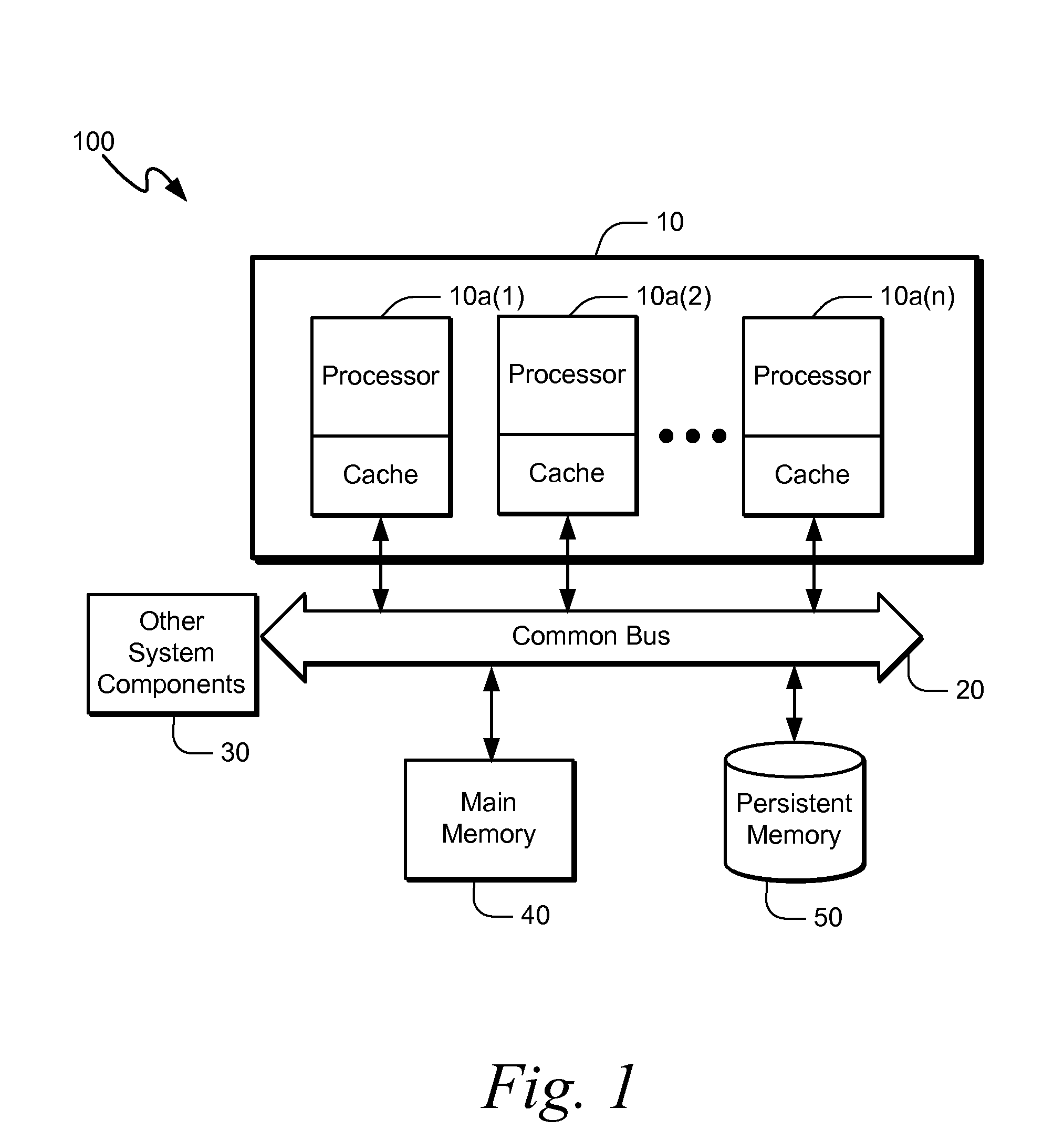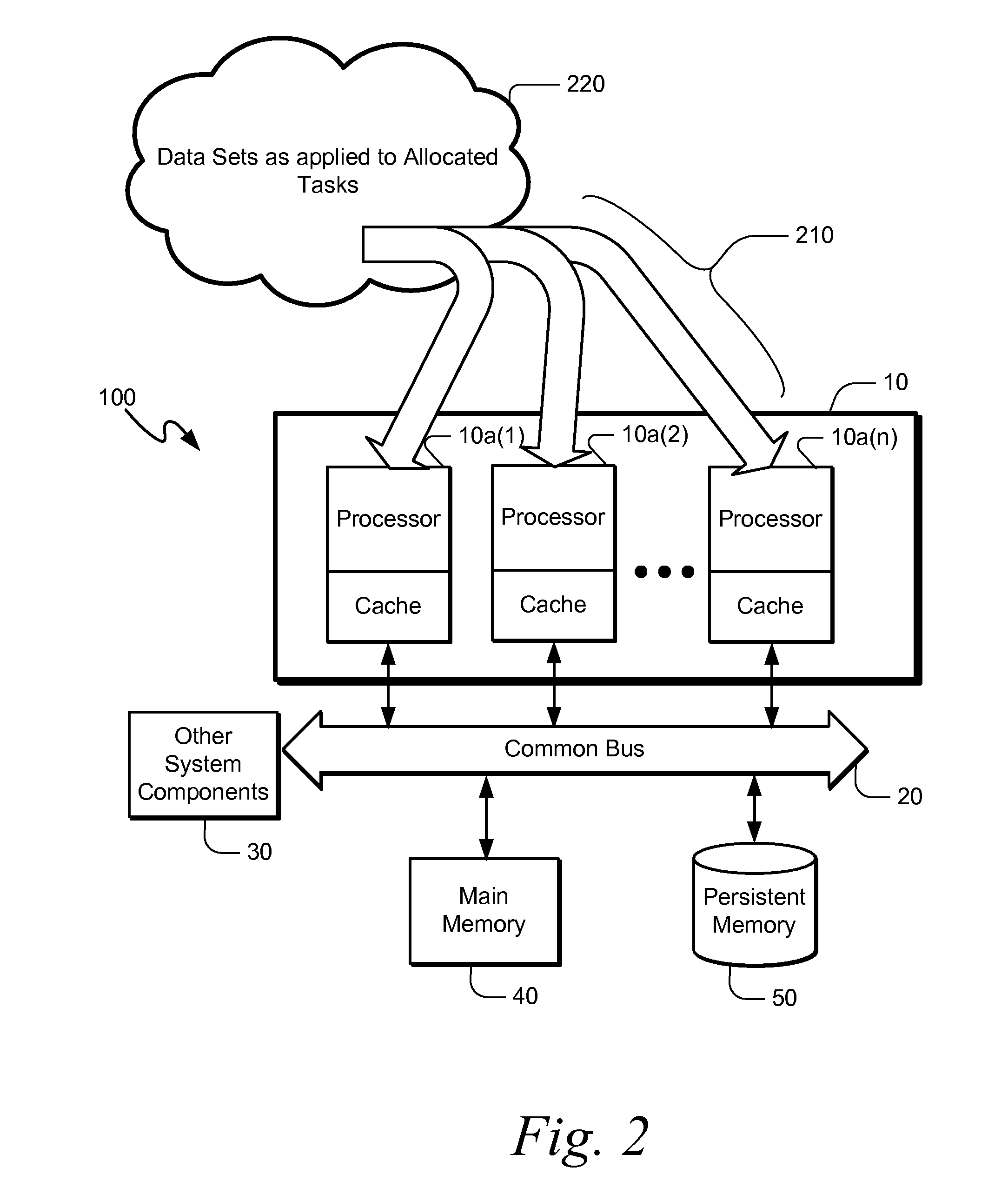System and method for optimizing data analysis
- Summary
- Abstract
- Description
- Claims
- Application Information
AI Technical Summary
Benefits of technology
Problems solved by technology
Method used
Image
Examples
Embodiment Construction
[0002]1. Field of the Invention
[0003]The present invention relates to systems and methods and for optimizing computing resources, and more particularly, to systems and methods for optimizing processing of tasks within a parallel computing architecture.
[0004]2. Background of the Invention
[0005]In the ever-expanding quest for increased computational power, vector or parallel computer processor architectures have been used for many years to allow tasks to be executed concurrently, thereby increasing overall computational speed. Early vector processors have evolved to massively parallel systems such as the IBM Blue Gene / L, which in one configuration has 65,536 computational nodes distributed among 64 cabinets delivering a theoretical peak performance of 360 terra-FLOPS. More recently, integrated circuit microprocessors have been developed that include a plurality of processor cores, making parallel computing possible even on modest physical scales. Each of the processor cores can perfor...
PUM
 Login to View More
Login to View More Abstract
Description
Claims
Application Information
 Login to View More
Login to View More - R&D
- Intellectual Property
- Life Sciences
- Materials
- Tech Scout
- Unparalleled Data Quality
- Higher Quality Content
- 60% Fewer Hallucinations
Browse by: Latest US Patents, China's latest patents, Technical Efficacy Thesaurus, Application Domain, Technology Topic, Popular Technical Reports.
© 2025 PatSnap. All rights reserved.Legal|Privacy policy|Modern Slavery Act Transparency Statement|Sitemap|About US| Contact US: help@patsnap.com



